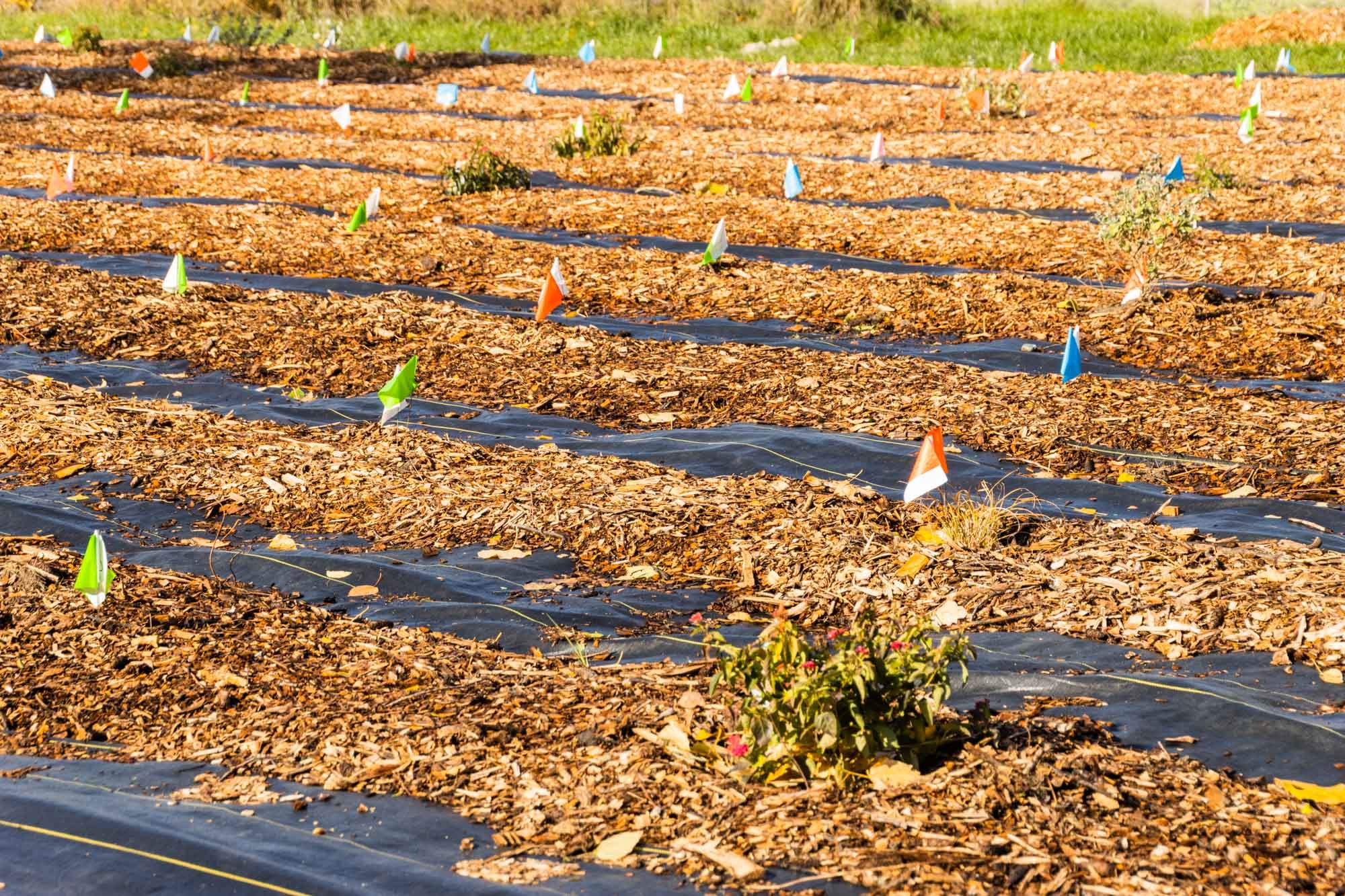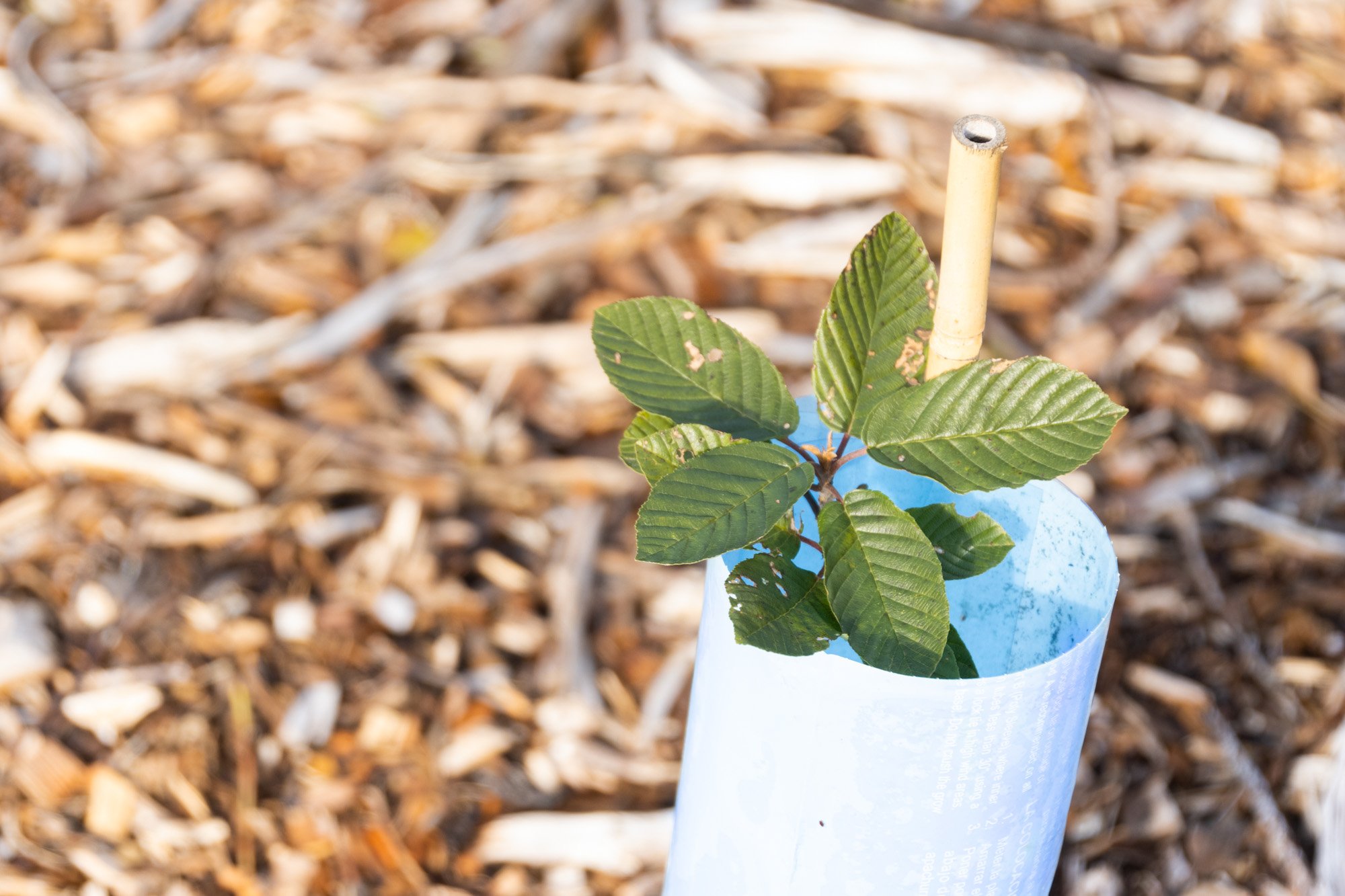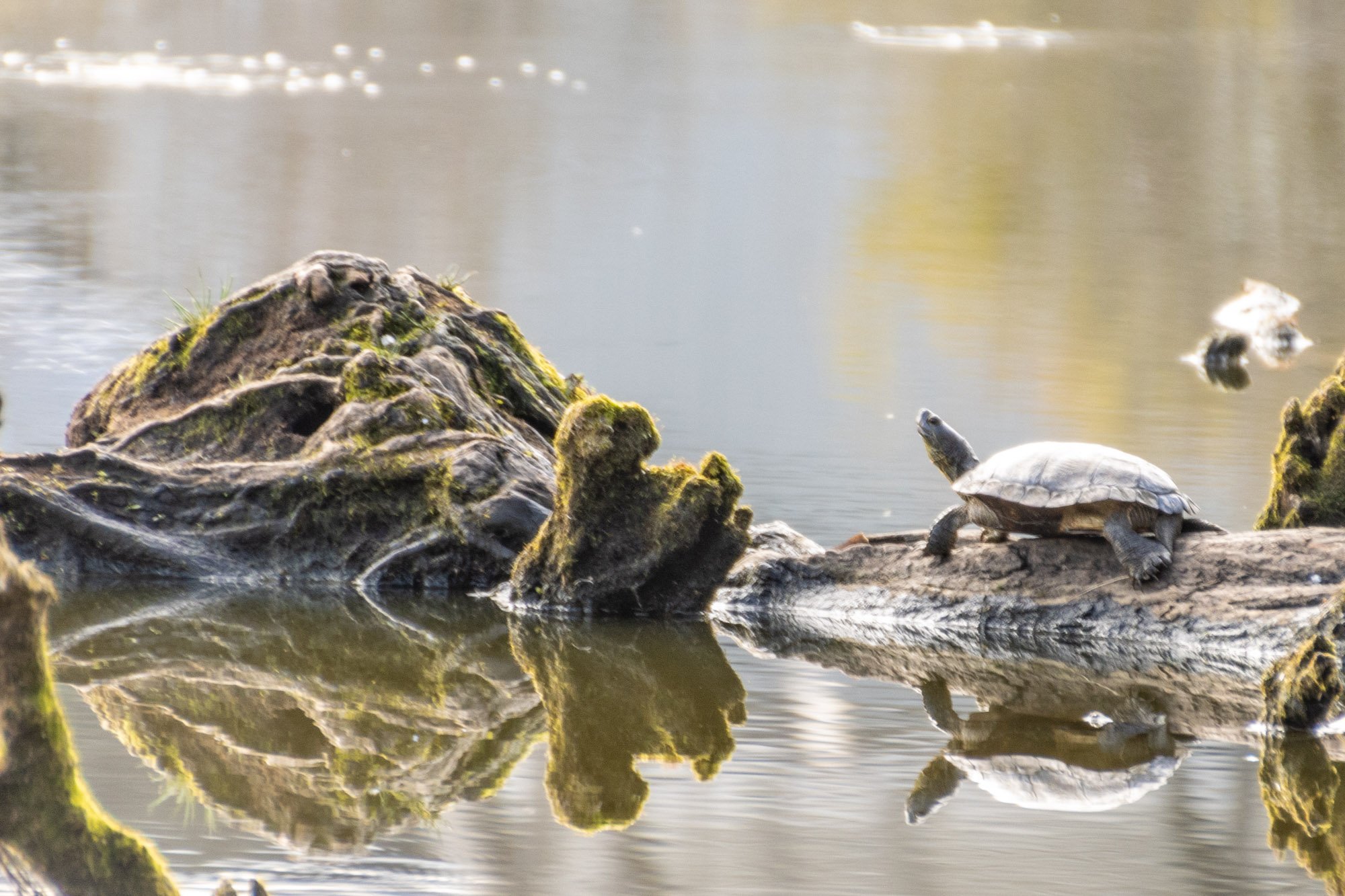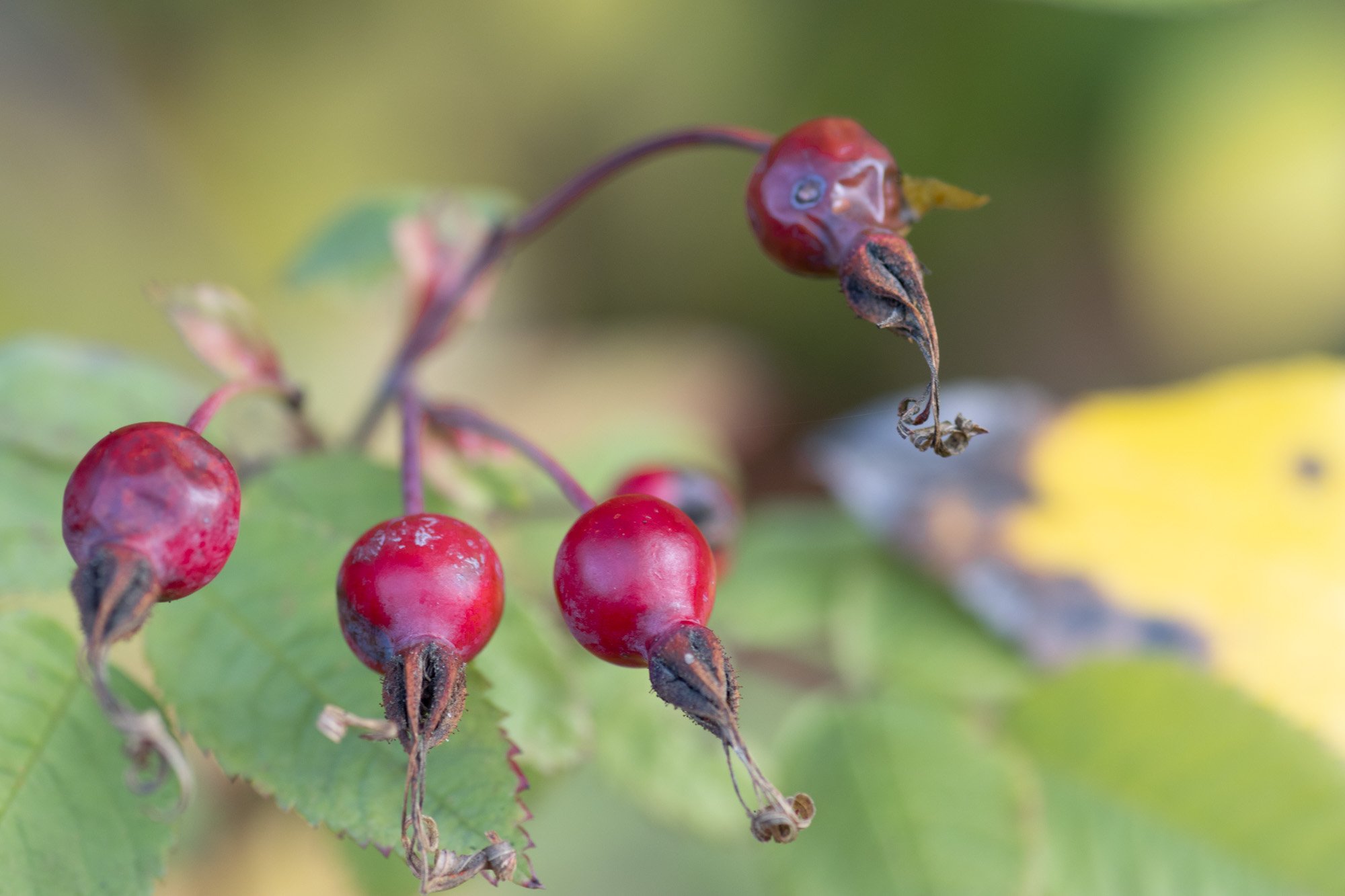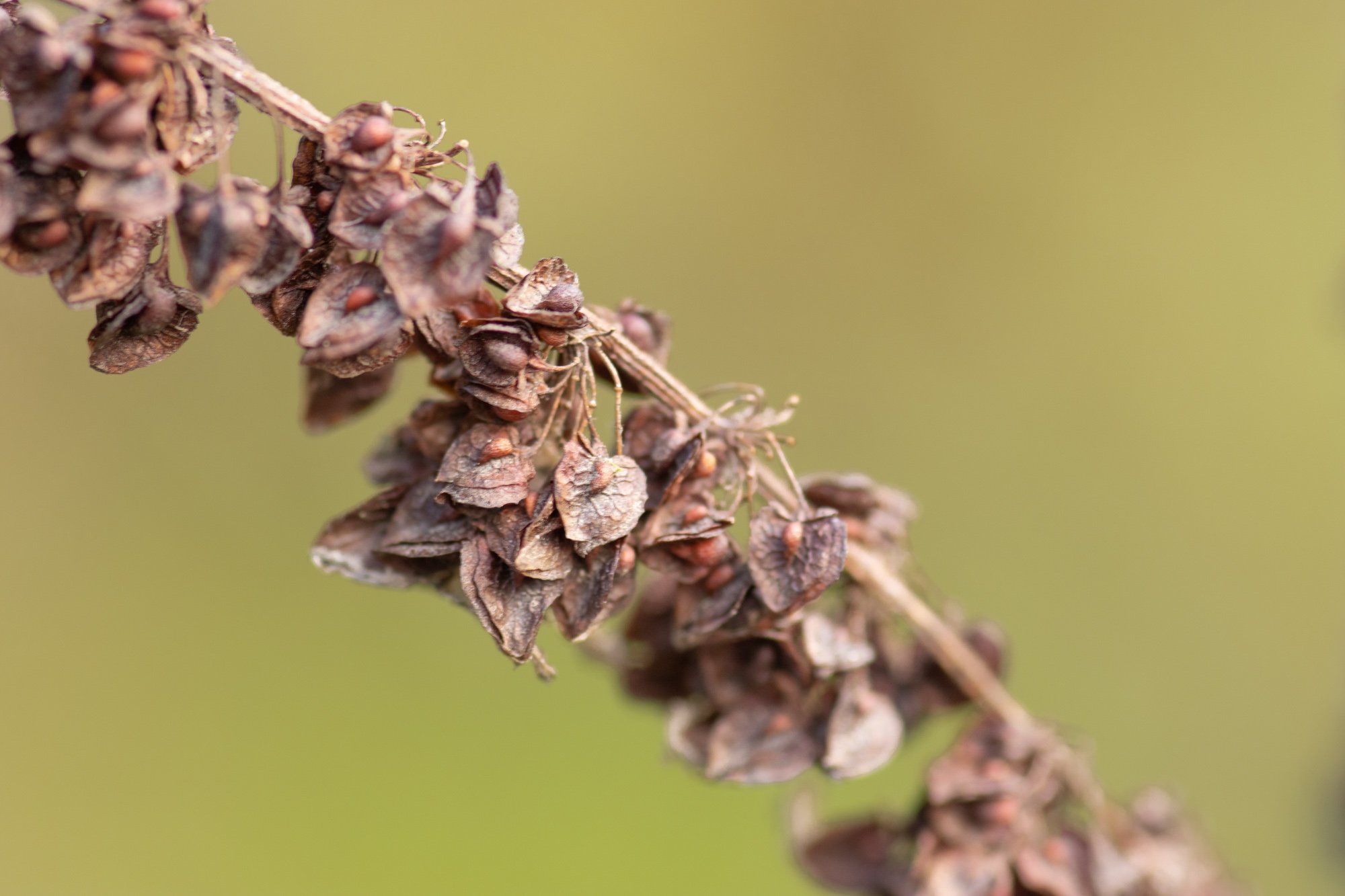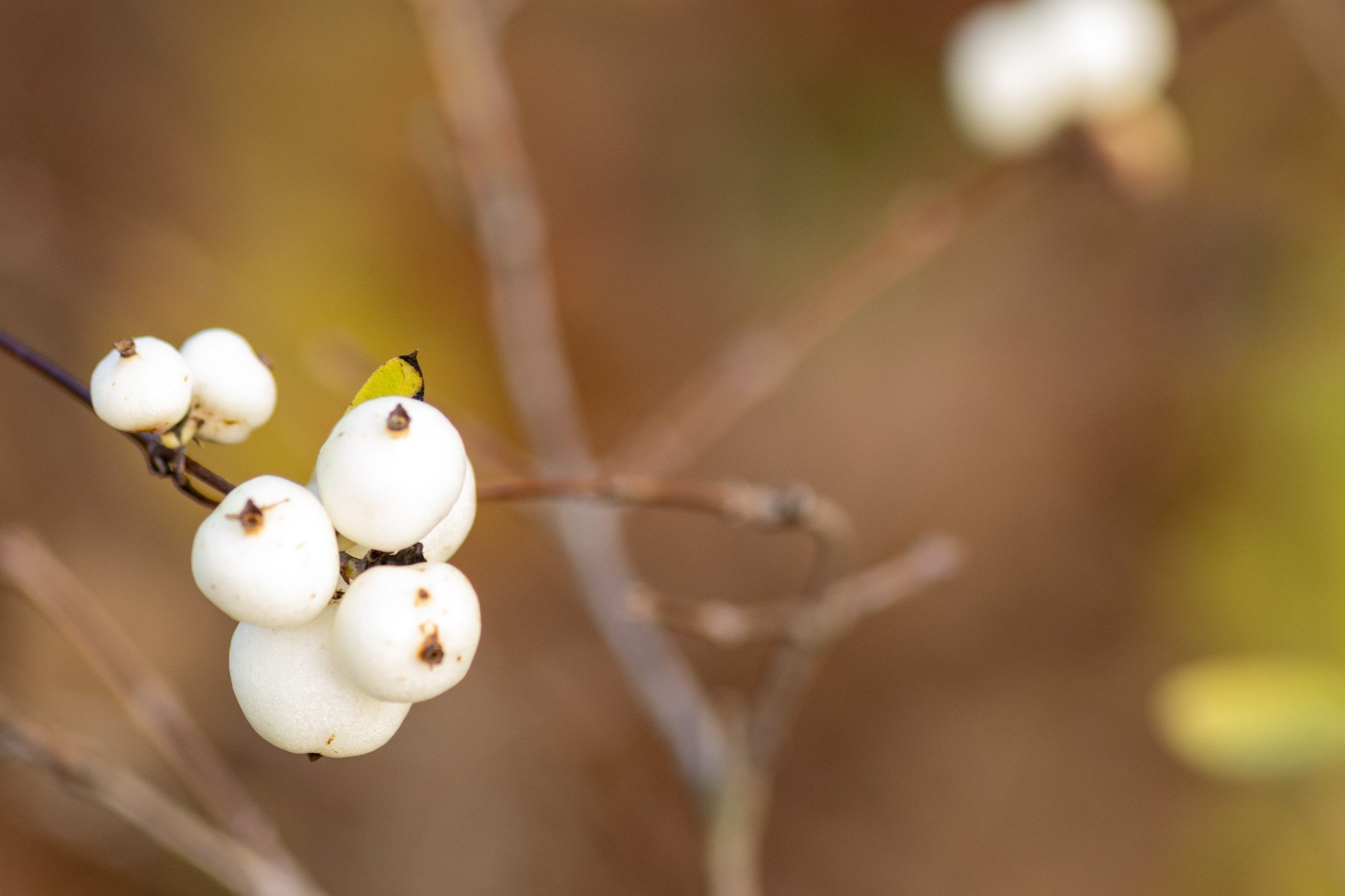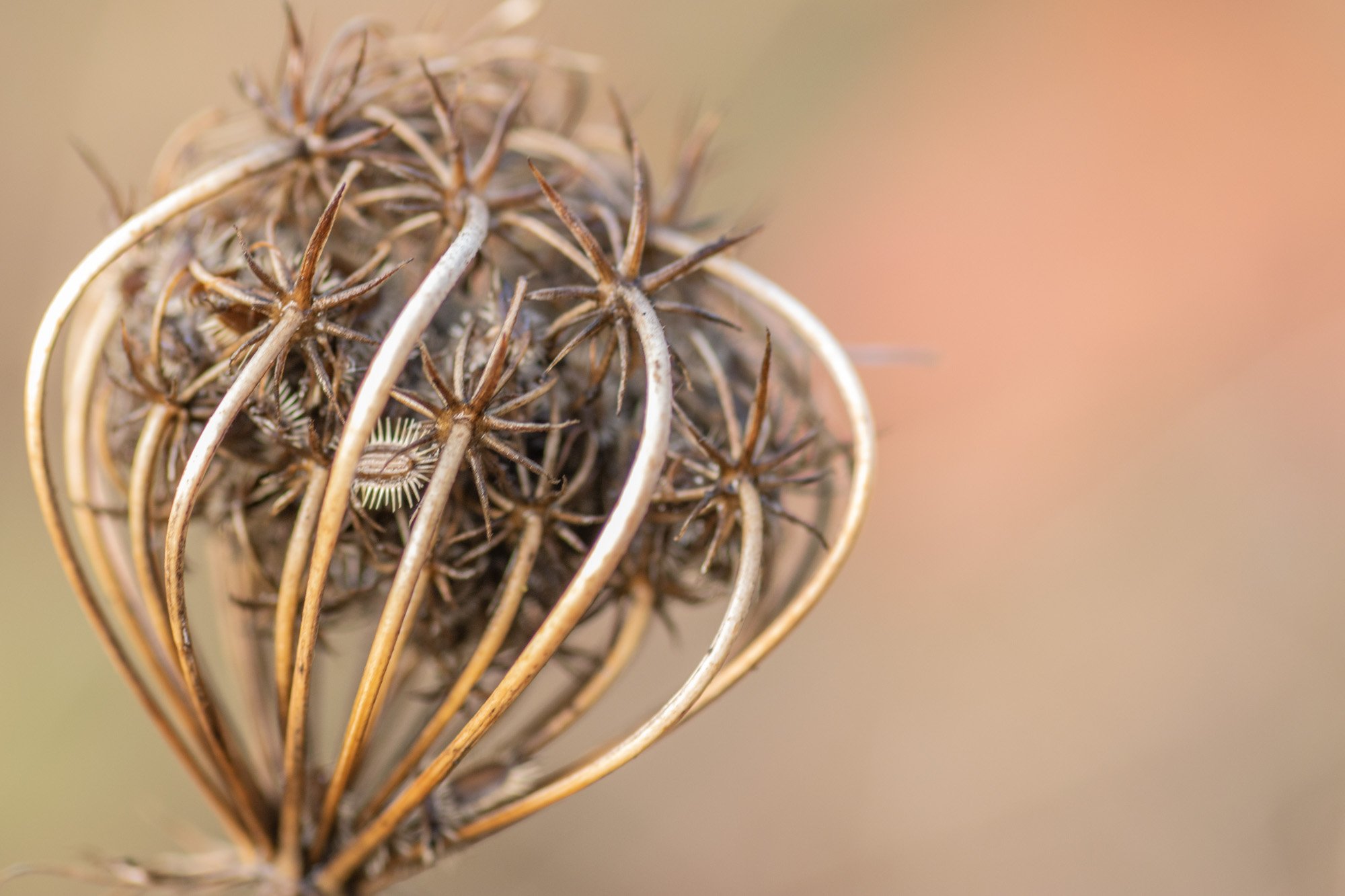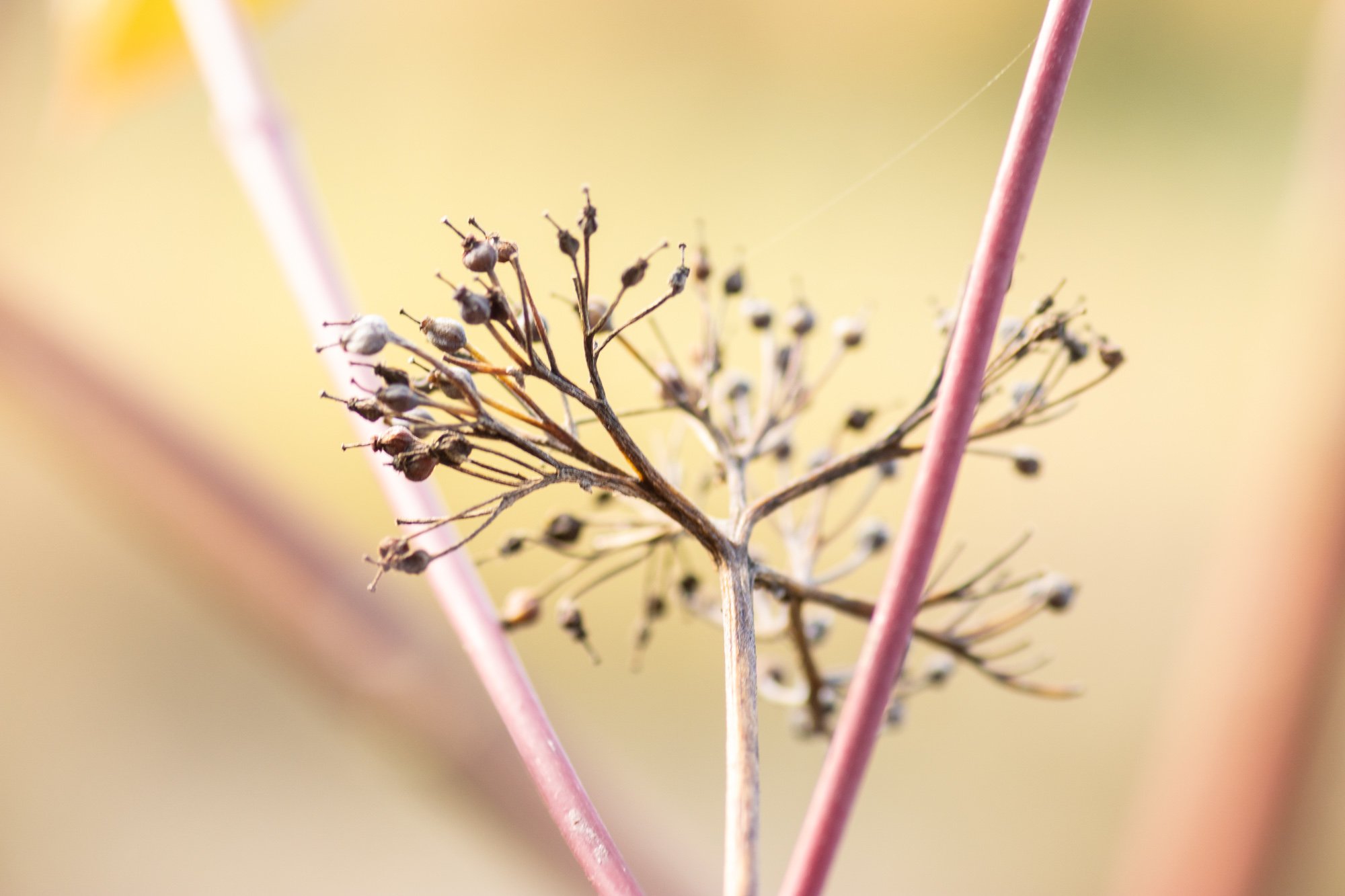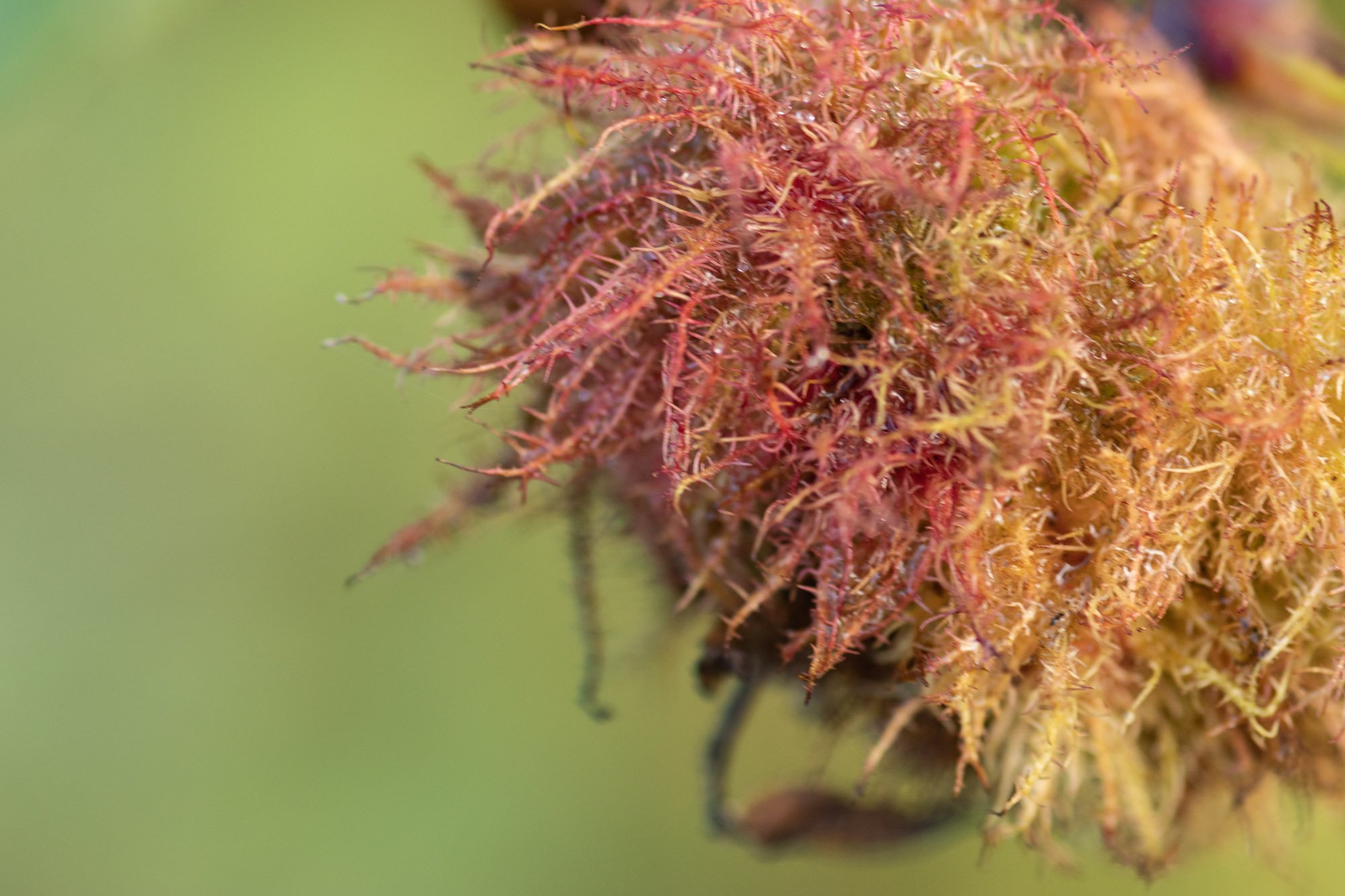Union Bay Natural Area
Washington Botanical Gardens
It seems like it’s been raining for ages. The grass on my lawn is green again, and despite the fact that the fallen leaves are soaking wet, the strong winds seem to be able to transport the leaves right back from where I had just raked them the days before. In the middle of one day last week the rain stopped, the sun found its way through the clouds, and I just had to get outside with my camera. I’m fortunate to live in a neighborhood close to the University of Washington Botanical Gardens which changes with the seasons. The Botanical Gardens, that include both the Arboretum and the Center for Urban Horticulture, are part of the University’s College of the Environment, School of Environmental and Forest Sciences. The Gardens maintain and enhance plants, wildlife and landscape while serving as an outdoor laboratory for research, teaching and public service.
The Union Bay Natural Area, part of the Center for Urban Horticulture is a 74-acre public wildlife area and natural restoration laboratory. It is located on the shores of Lake Washington with 4 miles of shoreline and is the second largest natural area left on the Lake, second only to the Mercer Slough in Bellevue. Over 200 species of birds have been sighted here and it is considered one of the best bird watching locations in the Seattle area.
Former Landfill
For many years this area was Seattle’s largest garbage dump. Until 1966 it was a landfill, otherwise known as the Montlake Landfill. Over time clean fill was brought in, primarily rubble and earth from the health sciences expansion, and the landfill was capped. Now it is home to meandering trails, ponds, park benches and wide varieties of native flora and fauna as well as a large assortment of animals such as turtles, beavers, and waterfowl.
Research Area
As a living laboratory studying land reclamation, “the one-time landfill today stands as an example of a successful, if yet unfinished, effort to remedy some of the environmental mistakes of the past”, notes HistoryLink.org. Current research is assessing different irrigation techniques with low water-use plants in preparation for a future of extreme drought in the Northwest caused by climate change
There were many people either walking, running, or riding their bicycles. Many of them were carrying their binoculars looking for at least one of those 200 species of birds. I was thrilled to have sighted ducks, a heron that was comfortable standing on a rock in the middle of a pond, and its neighbor, a turtle, resting on a nearby log.
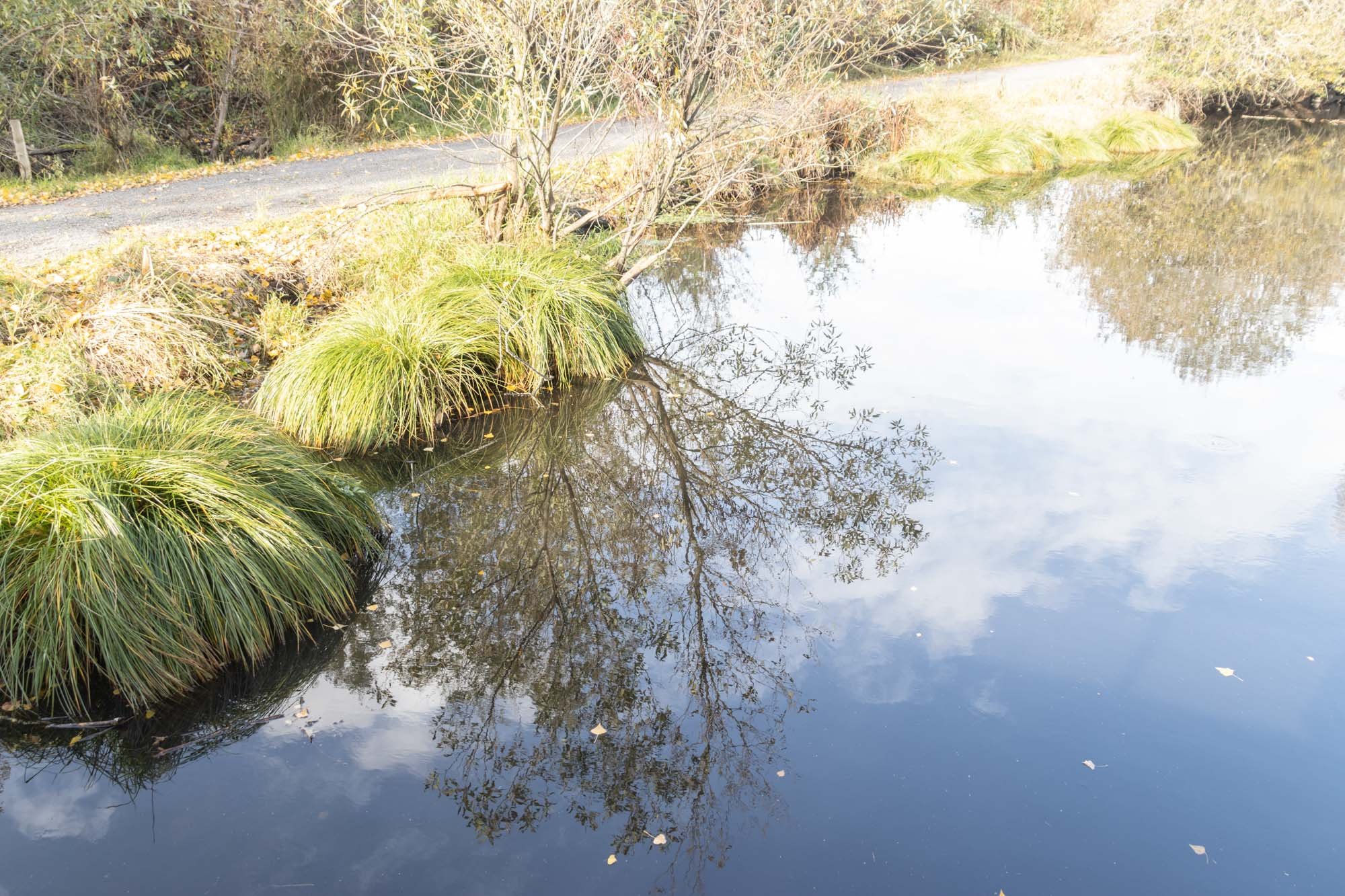
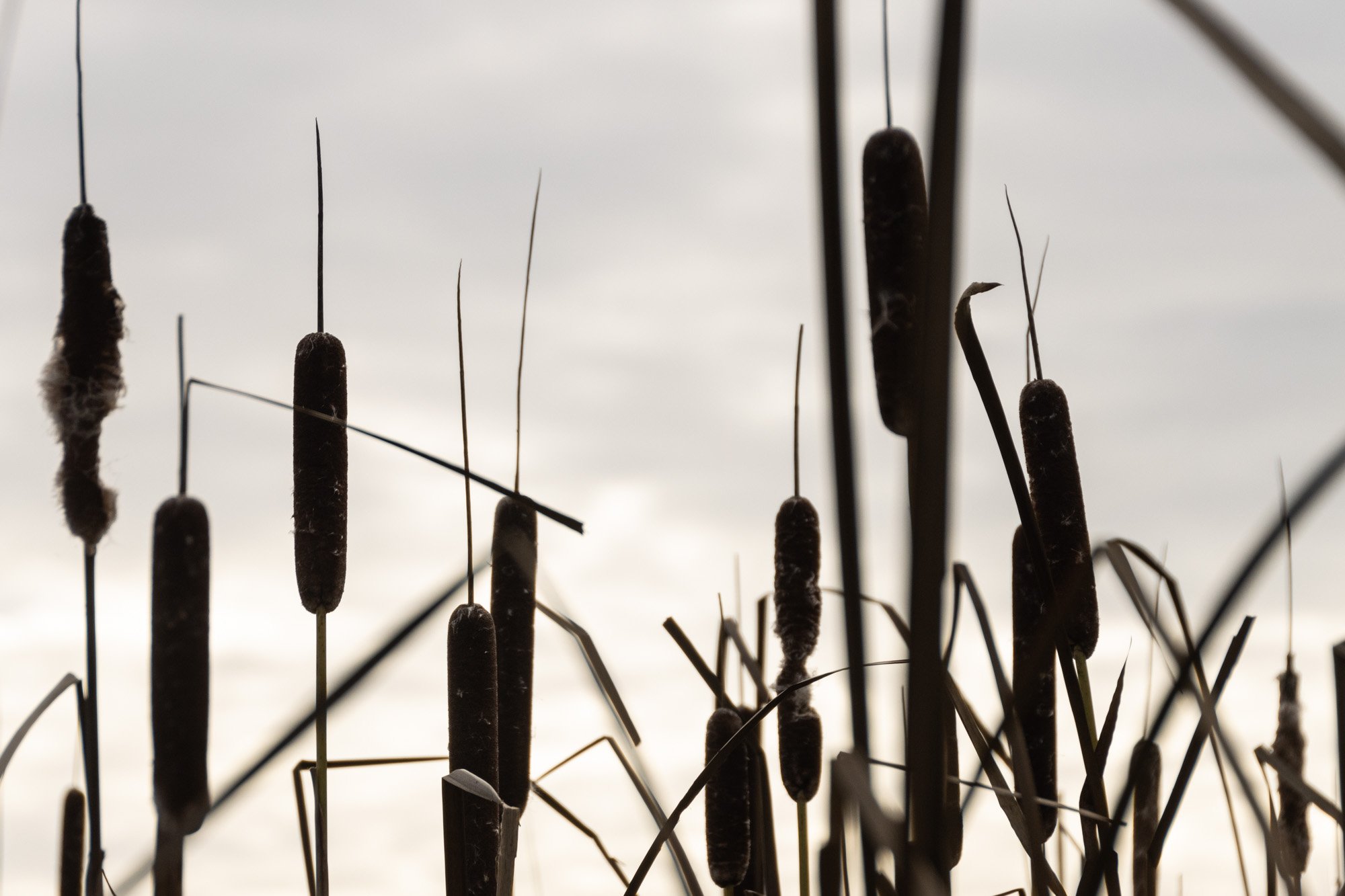
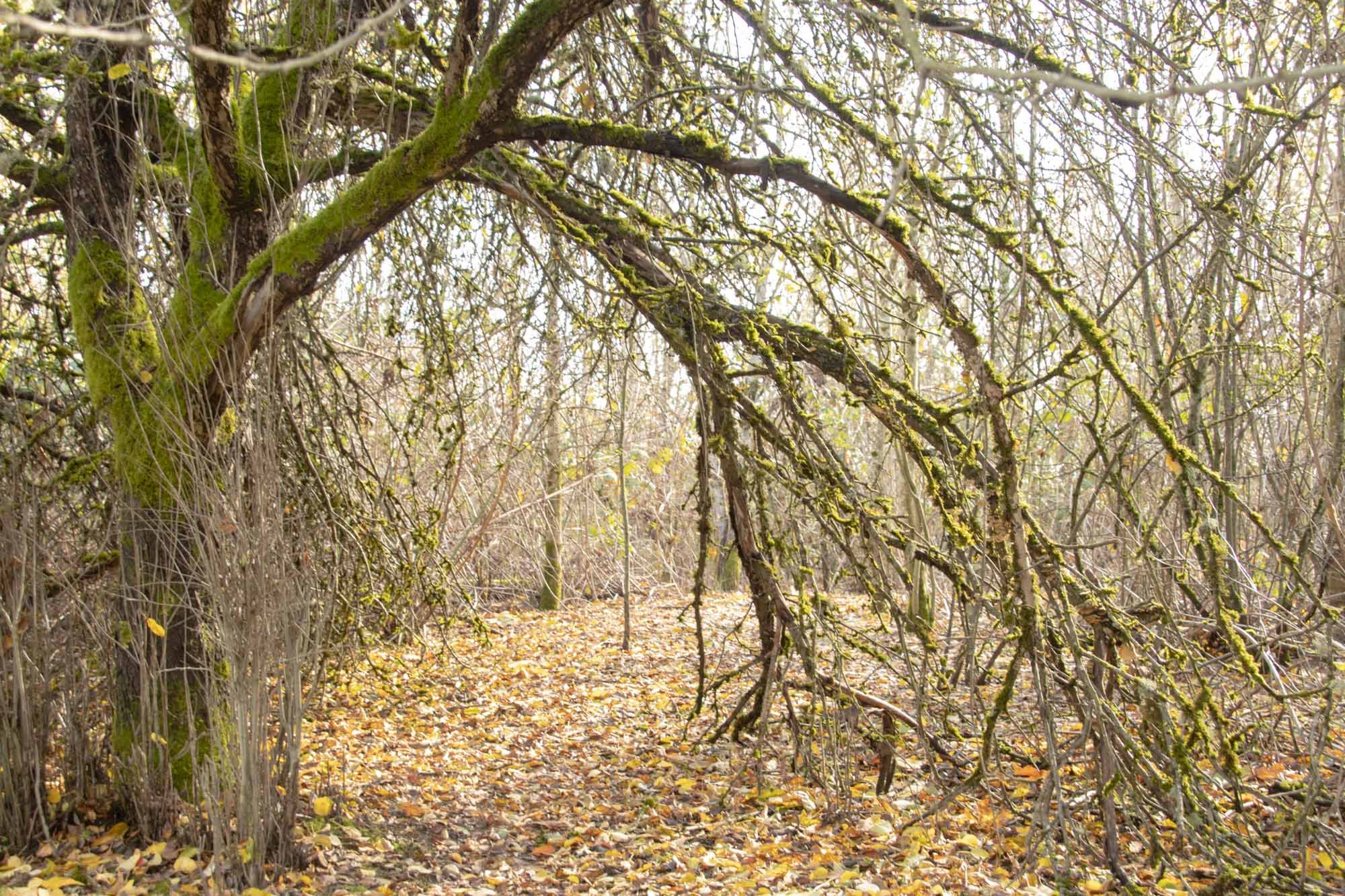

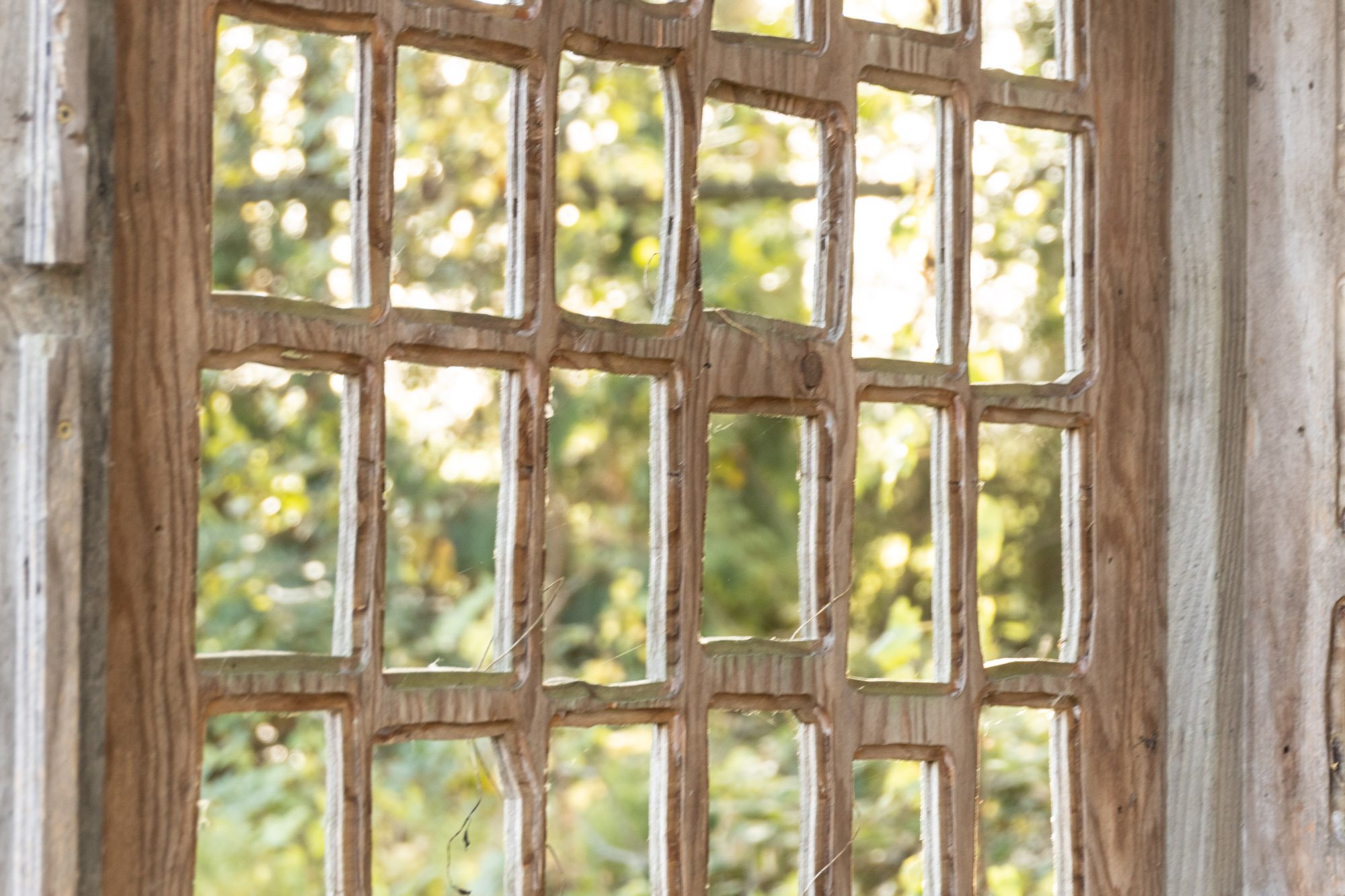
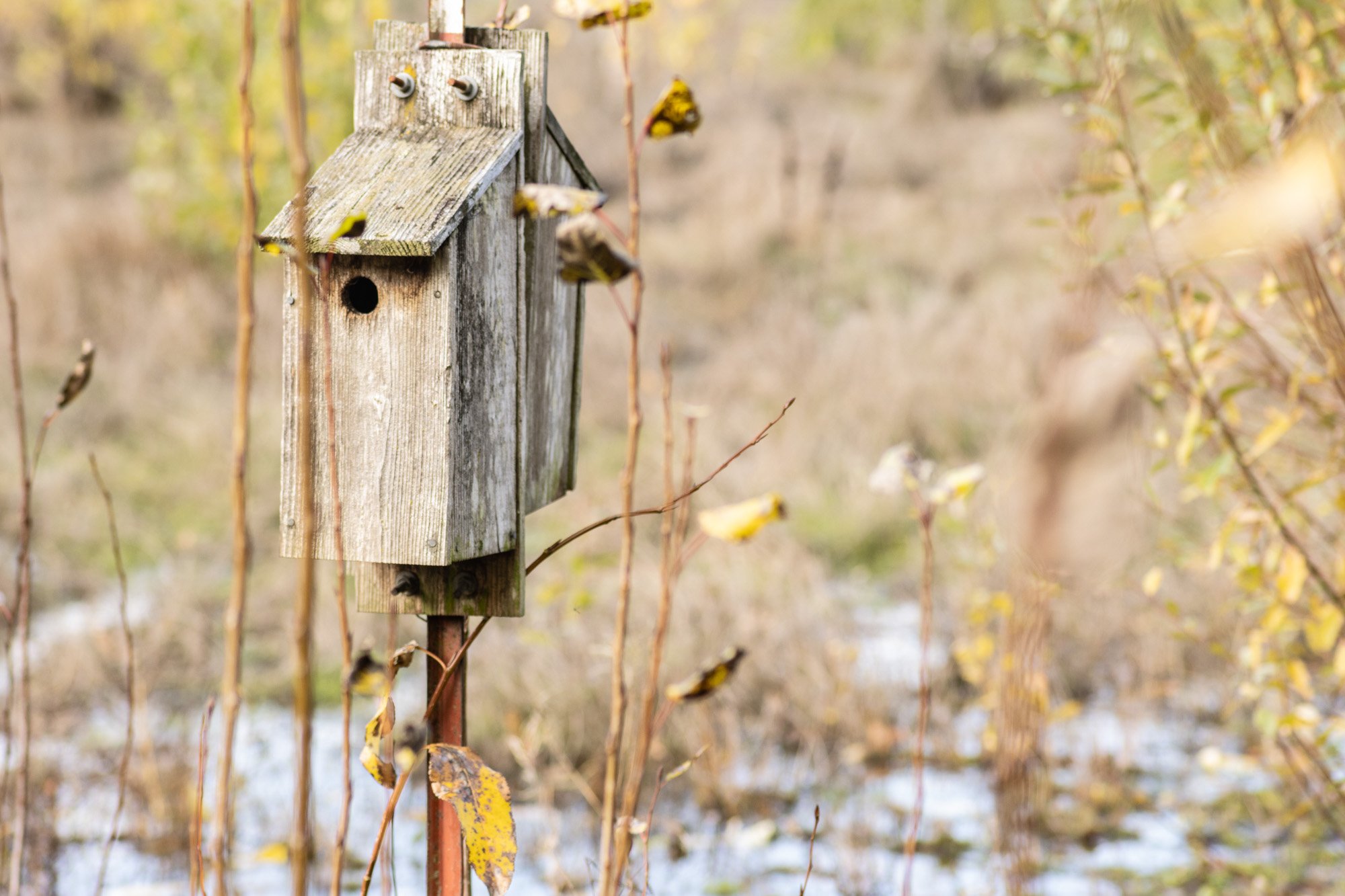
Year Round Beauty
There are still discoveries to be made. Silhouettes of cattails, an arch of a tree inviting me to walk through it, a bird feeder, a wooden structure that looks like a phone booth in the middle of the wild, UW classes carrying out their research, and reflections in the ponds and puddles are among those that I discovered as I explored the area.
This late in the season the paths are muddy, puddles are large and reflective, the foliage has turned brown, and the remains of flowers are dry and fragile. When the flowers reach their seed stage, they take on the maturity and beauty of a vibrant aging man or woman who, like the seeds, is still contributing to the beauty of the world year after year.





